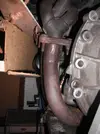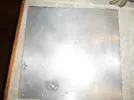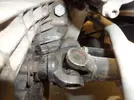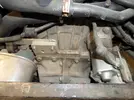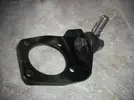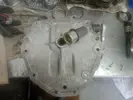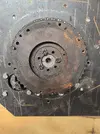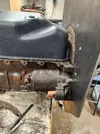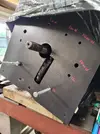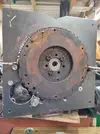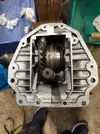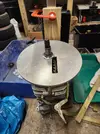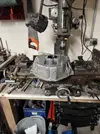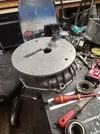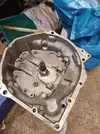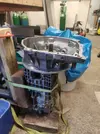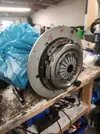roseengineering
Member
Hi all, wonder if anyone can help me.
I'm in the middle of putting a fwd renault 5 turbo, with a espace gearbox in my lotus europa. The problem is the adaption of the bellhousing to engine.
I can make an adaptor plate, but the bellhousing on a espace is as big as the engine. Does anyone know of a smaller bellhousing that i can cut about and where i can get one
Reno fuego or 18 perhaps. Started to make steel bellhousing but a lot of work.
Thanks paul
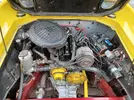
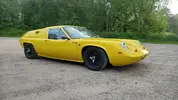
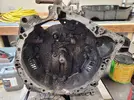
I'm in the middle of putting a fwd renault 5 turbo, with a espace gearbox in my lotus europa. The problem is the adaption of the bellhousing to engine.
I can make an adaptor plate, but the bellhousing on a espace is as big as the engine. Does anyone know of a smaller bellhousing that i can cut about and where i can get one
Reno fuego or 18 perhaps. Started to make steel bellhousing but a lot of work.
Thanks paul




